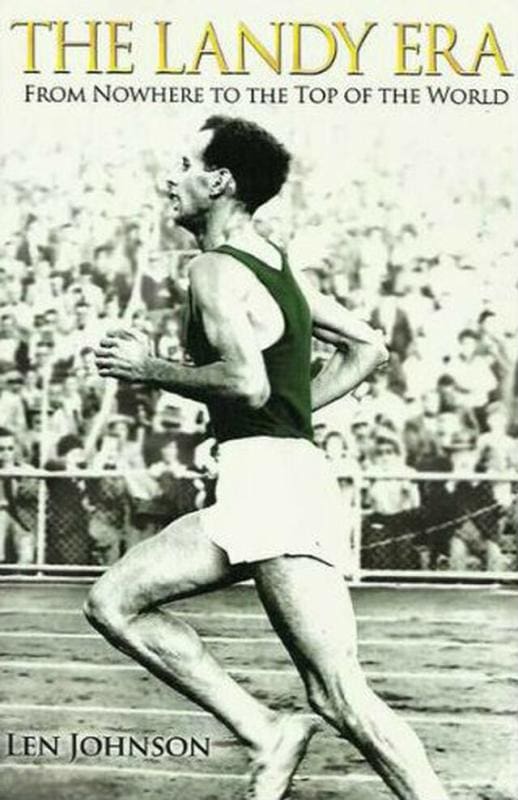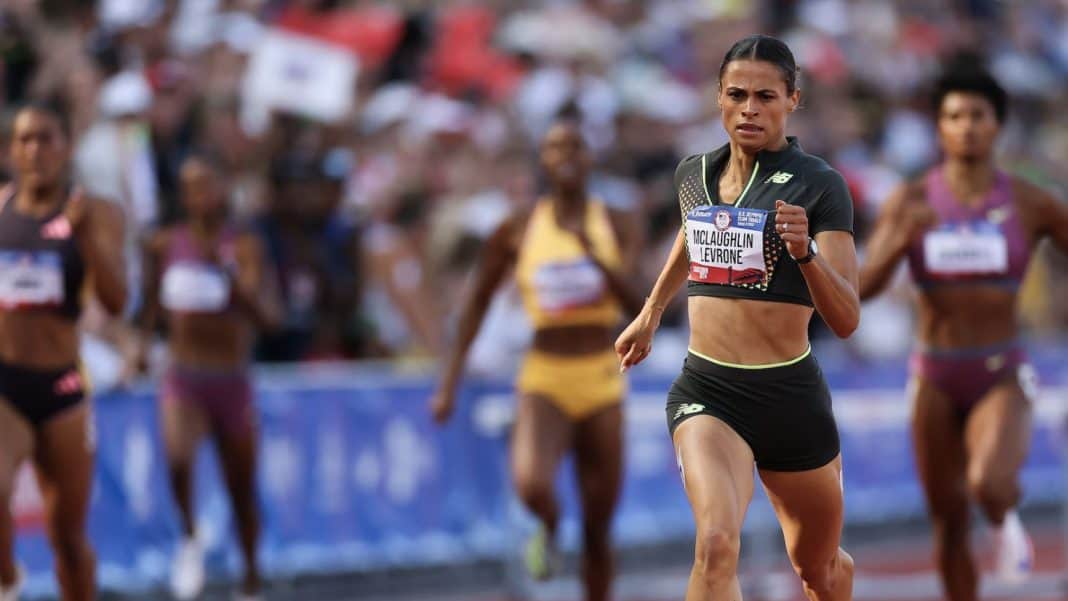At first glance, it wouldn’t seem Ron Clarke and Sydney McLaughlin-Levrone have anything in common.
Likewise at second, third and fourth glance. But they do share one thing – the expectation that whenever they run a world record is on the cards.
This common element crept into my mind when I woke up last Monday (1 July) to find that McLaughlin-Levrone had set a new world record of 50.64 seconds in the 400 metres hurdles on the final day of the US Olympic Trials. Some statistics were immediately front-of-mind: her fifth world record; same location – Eugene’s Hayward Field – as her previous one at the 2022 world championships; four of the five at Hayward, indeed.

Other thoughts surfaced more slowly. For a third time in succession, McLaughlin-Levrone set a world record in the US Trials for a major championship. She did the same at the Tokyo21 Trials and 2022 USATF championships/Eugene22 selection trials (she missed the USATF and world championships last year).
If McLaughlin-Levrone goes on to retain her Olympic title in Paris and improves her world record in doing so, she will complete a hat-trick of double world record victories in US Trials and global championship races. Who would be game to say she will not? Certainly, I’m not about to.
If it does happen, it will be the fourth time in succession McLaughlin-Levrone has been involved in a world record double in the 400 hurdles. In 2019, when McLaughlin-Levrone was still the rising star not quite yet at the top, Dalilah Muhammad set world records in the USATF champs and the Doha 2019 world championships. McLaughlin-Levrone was second on both occasions.
Now McLaughlin-Levrone is at the top. And she has dragged others up with her. When Muhammad ran the second of her two world records in 2019 her time was 52.16. Less than four years later, there have been no fewer than 13 faster performances. McLaughlin-Levrone’s impact has seen Bol (51.45) and Muhammad (51.58) both perform at much higher levels, albeit still almost a full second behind the world record holder.
The McLaughlin-Levrone effect has also been felt further down the performance chart. Anna Cockrell was second in the US Trials, 1.99 seconds behind McLaughlin-Levrone. Cockrell’s progress in her futile chase of McLaughlin-Levrone in the last four years has seen her progress from 53.70 to 53.34 to 52.64.
Rising tides lift all boats, the proverb goes. Ron Clarke’s re-imagining of track distance running in the 1960s likewise inspired others to raise their sights, but the scale of his assault as much as anything was what made his performances so amazing. And where I would see the McLaughlin-Levrone comparability.
Every time Ron Clarke set foot on a track, especially in his most productive years from 1965 to 1967, you could expect to see a world record. Sydney McLaughlin-Levrone may not race as prolifically as Clarke did, but you can say the same about her.
According to the seasonal summaries on the World Athletics statistical pages, Sydney McLaughlin-Levrone has raced over 400 hurdles (counting finals only) just nine times from 2021 to now. Those nine finals have yielded five world records, a strike rate of over 50 percent. She has raced at the flat 200 and 400 as well. Even adding those races in, her racing program could hardly be described as prolific.
Clarke was the precise opposite. In 1965, he raced over 50 times as he used domestic competition for training races and crammed as many races as he could into the limited international opportunities in that era. At his most prolific racing distance – three miles and/or 5000 metres – he raced 19 times for seven world records.
That strike rate is lower than McLaughlin-Levrone’s, but more than sufficient to say you could expect a world record any time Ron Clarke raced. With contemporaries like Kip Keino, Michel Jazy and Gerry Lindgren, he faced more competition, more often, than McLaughlin-Levrone. In part, that was just the nature of the era. Clarke not only raced far more frequently than modern distance runners, but his prolific racing also put his contemporaries and immediate successors on the international circuits to shame as well.
Reading the reports of Sydney McLaughlin-Levrone’s latest world record, however, revealed another similarity between this odd couple. Ron Clarke was always motivated more by the excitement of seeing how fast he could go than merely beating other people.
“I raced everybody, anywhere,” Clarke told Jon Hendershott in Ron Clarke Talks Track, “because I’ve got this love . . . of testing, testing and testing my ability.”
Sydney McLaughlin-Levrone demonstrated the same curiosity to explore limits at the US Olympic Trials.
“I think there’s something really exciting about trying to figure out how to improve upon history in whatever capacity that looks like,” McLaughlin-Levrone told World Athletics. “That always is something that I’m looking at.
“I would love to dip under 50 (seconds) at some point. I don’t know if that’s this year, I don’t know if that’s next year, but always chipping away, seeing what’s possible, and continuing to just improve.”
Testing, testing, testing. Always chipping away. For all the sport has changed over 60 years, that’s a commonality between Ron Clarke and Sydney McLaughlin-Levrone right there.
